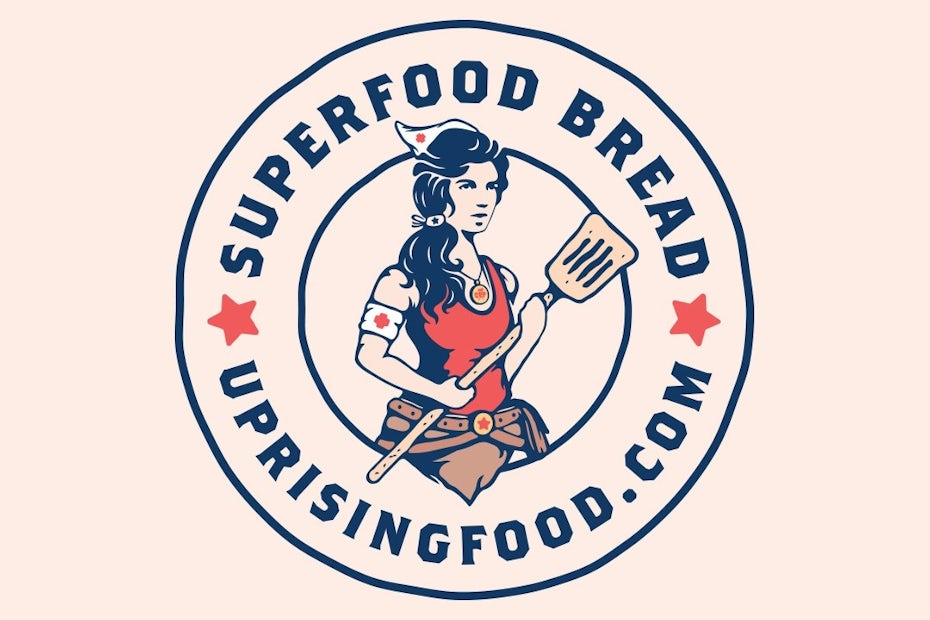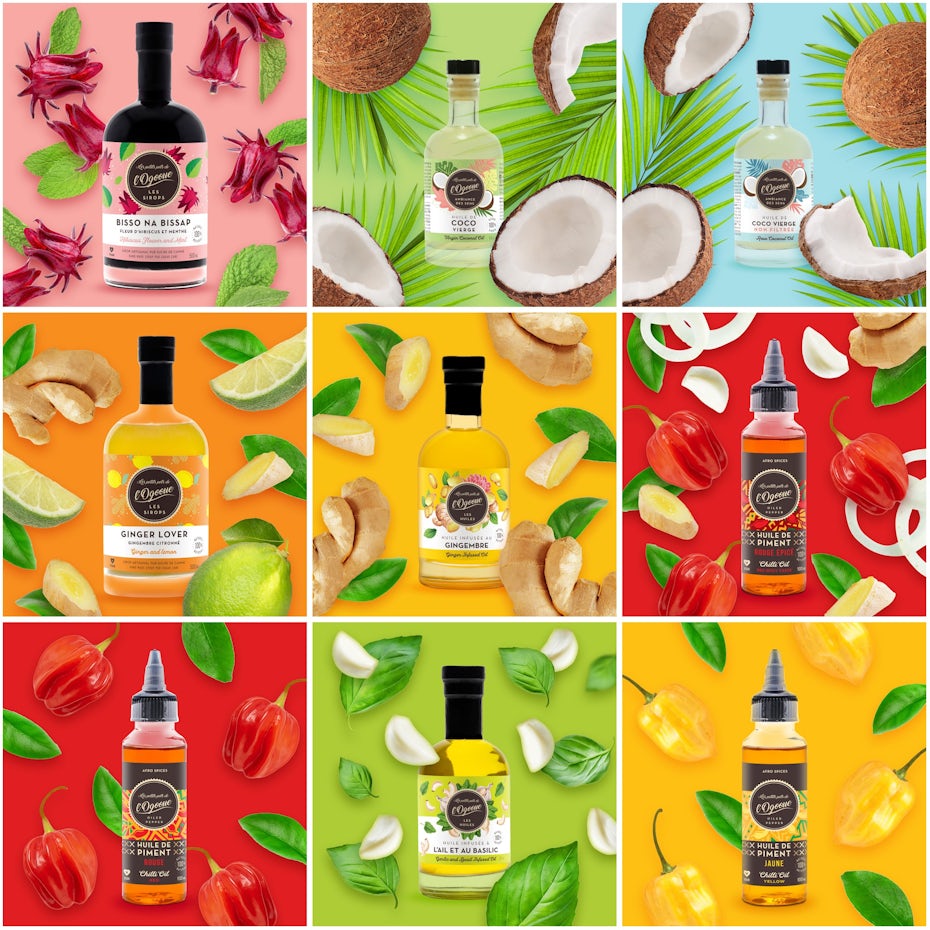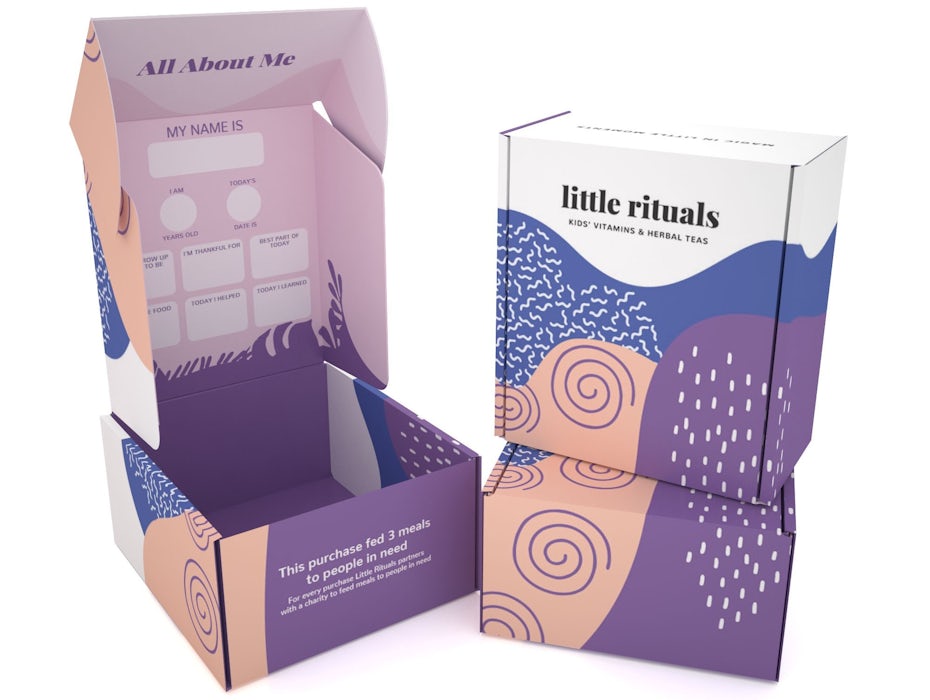Brand marketing. Two words you’ve probably heard thrown around a lot by entrepreneurs and marketers alike. But there’s a lot more to brand marketing than you might think.

What is brand marketing? Brand marketing is a way to promote your product or service by promoting your brand as a whole. Essentially, it tells your service’s or product’s story by emphasizing your whole brand.
In this article, we’re taking a look at some of the best examples of brand marketing from top global brands and discussing how you can take cues from them as you develop your own brand marketing strategies. We’re also covering what to do and what to avoid with brand marketing to ensure your strategy’s success.
Everything you need to know about brand marketing:
—
- What’s the difference between branding and marketing, and which comes first?
- When is brand marketing most successful?
- Three of the best brand marketing strategies in the business
- How to develop a brand marketing strategy for your business in five simple steps
- Things to avoid when you’re developing a brand marketing strategy
What’s the difference between branding and marketing, and which comes first?
—
Good question. It’s important you understand the difference between branding and marketing so you can efficiently use them together. In essence, marketing is how you build awareness of your brand and its products and generate sales, and branding is how you express who your business is for and what it’s all about.
Think of marketing as your business-generating toolkit and branding as your overall approach to reaching your target audience. Branding is one of the primary building blocks of your marketing strategy, so it will always come first. If your brand was KFC, your branding would be the “secret herbs and spices” and your marketing would be everything you do to get your customers excited to try your chicken, like your TV and radio ads, billboards and social media ads. No matter what industry you’re in or how large you aim to grow, it’s important to work out who your business is as a brand before you create a marketing plan.

That means clearly identifying your company’s personality. In other words, defining your brand. This means carefully choosing your illustrations, logo, typography and business colors to embody your brand’s values. For example, if you’re a bold brand, you’d likely choose a bright color palette and a punchy copy voice. If you’re a timeless, traditional brand, you’d probably go with more muted colors and a sophisticated font for your website and email template. These design choices are the foundation for your marketing strategy.
When is brand marketing most successful?
—

You’re in it for the long game with brand marketing. It works best when your goal is to create repeat buyers (for instance when it comes to everyday products) or to connect with buyers making long-term, expensive purchases like vehicles. This is because a clear brand creates recognition and ignites a distinct feeling about it that will stay with your audience forever.

For example, a tourist will know they can trust Colgate toothpaste to keep their teeth clean wherever they are in the world. Colgate has taken a unique approach to their brand marketing over the years, deciding to educate their audience, rather than just push products to them. They’ve started an Oral Care Center, which hosts a series of videos about oral hygiene, and they also share important facts about how to care for your teeth on all their advertisements, particularly their social media platforms. This brand marketing strategy has helped Colgate to not only sell toothpaste, but to become one of the most trusted oral care brands around the globe.
The more thorough you are in your brand marketing strategy, the greater your likelihood of thriving when you execute those strategies. Investing in a solid brand marketing strategy now will make your future marketing campaigns easier to execute, because you’ll have guidelines to follow and past successes to build upon.
Here are three questions every business should answer when putting together their brand marketing strategy:
- Who is your target audience?
- What is your brand’s primary goal?
- How does your brand define success?
Understanding the answers to these simple questions will help define what your objectives should be, how you should talk to your audience and how you’ll measure your success.

 .
.Three of the best brand marketing strategies in the business
—
Apple, McDonald’s and Nike are three brands that almost anybody in the world will recognize. How did they reach this point? Effective brand marketing!
Apple’s brand marketing strategy
Apple’s brand marketing strategy is simple. Don’t just create a brand, create a movement. In all of Apple’s marketing efforts, they don’t just sell their newest phone or tablet, they sell a lifestyle. From their crisp white packaging and their provocative taglines (Think Different being one of their most famous) to their event-like product launches, Apple’s brand marketing makes people feel like they need Apple products to improve their lives.

This brand marketing strategy has created a dedicated fandom. Apple recognizes their fandom’s staying power and with it in mind, never strays away from their comprehensive brand. Even when their marketing executions change, their clear, modern and innovative brand marketing strategy remains the same.

Nike’s brand marketing strategy
Nike’s brand marketing strategy involves not just selling a product, but selling a story. From their website to their product descriptions to their social media, Nike takes every opportunity to tell a story about their products, their beginning or their ideas.

Adding a storytelling element to your brand or giving your customers the background of your business story adds a human element to your business and may be a great marketing strategy for you. Remember, your story doesn’t have to be groundbreaking. Simply explaining where you came from and giving your customers something to relate to is far more influential than just selling a product.

McDonald’s brand marketing strategy
According to numerous studies, McDonald’s is one of the most recognized brands around the globe. So it’s no surprise their brand marketing strategy relies heavily on brand consistency. Their golden arches are instantly recognized everywhere from America to India to Australia, and people associate their brand with feeling happy.

How has McDonald’s created such a distinguishable brand? Well, they’ve kept their brand identity and product consistent for over 60 years, while making thoughtful and on-brand improvements. Their logo has remained relatively the same and their marketing taglines have unrelentingly endorsed the same message: we make you happy. Here’s a few ways they’ve said it over the years:
- You deserve a break today (1971-1975)
- That’s my McDonald’s (1981)
- Have you had your break today? (1995-1997)
- Smile (2001-2003)
- I’m lovin’ it (present)
When you’re creating a brand marketing strategy, invest in something that has longevity. You don’t need to reinvent the wheel every time you create a new marketing campaign or logo. In fact, doing so could create more harm than good because inconsistency and extreme changes will likely confuse and even alienate your audience.


Brand marketing in five simple steps
—
Brand marketing isn’t reserved for industry giants like Nike, Apple and McDonald’s. Any brand, at any size, can pull it off by nailing five simple steps.
1. Understand your brand purpose

Understanding why your brand exists is core to your brand marketing strategy. Ask yourself these questions to help you nail your brand purpose.
- Who is your target audience?
- Why would they trust you?
- What does your brand make them feel?
- What challenge does your brand solve?
- Who are your competitors?
- What is your brand’s background story? Why was it created in the first place?
- If your brand was a person, who would they be and why?
This first step is where you’ll start defining how your brand will look and feel. This means choosing your brand color palette, typography and imagery. If you’re not already familiar with how to represent your brand persona through visual design choices, take a look at our resources on how to design a logo, logo colors, font choices, visual design styles and logo shapes.
2. Research your target market
Understand who your customers are by creating customer personas. A customer persona is a comprehensive picture of your perfect purchaser. It will help you create an emotional connection with your audience. For example, if you’re selling small budget vehicles, your customer persona might be an 18-25 year old female university student who’s looking for her first car. When crafting your customer persona, ask yourself questions such as:
- How old is this person?
- Are they married?
- Where do they live?
- What is your job?
- What do they do every day?
- What’s their educational background?
- What was their most recent purchase and where do they like to shop?
- What do they care about?
- What do they need from my product or service?


3. Define and sell your story
You can sell your brand’s story by creating the right message. The story you craft and sell will connect your brand with your target audience, encourage loyalty and help with brand recall. Take time to really develop an engaging story that has all the same elements as your favorite novel or movie: characters, a conflict, a resolution.
The story doesn’t have to be dramatic; it can be as simple as your grandparents deciding to open a bakery in town 50 years ago and passing the business and their beloved recipe on for generations, then you finding ways to make their iconic cakes and pastries with all organic ingredients, offering the community healthy, delicious baked goods. Capture your market’s attention with a great story, then let them be part of the story by interacting with your brand.

 .
.
4. Get to know your competitors
Just like getting to know your own audience, it’s equally important to get to know your competitors. Research them, determine how you’re different from them, then focus on this difference in your marketing messaging. For example, if your competitor is known for being the cheapest, you may want to focus on why quality is more important than price in your communications.
5. Create brand guidelines
Once you understand your brand and audience, think about how to connect them in your marketing. Creative brand guidelines are where you’ll cover your logo, colors, fonts, tone of voice and more. It will help any designers and marketers you work with tell your brand’s story and deliver your message in the best possible way, as well as ensure brand consistency.

Three things to avoid when you’re developing a brand marketing strategy
—
When you’re developing a brand marketing strategy, make sure you avoid these pitfalls:
1. Skipping checking out your competitors
Imagine creating a brand marketing strategy and rolling out your messaging in the form of marketing materials, only to realize that your competitor has already done a very similar thing. This happens all too often, and the best and only way to avoid it is to thoroughly research what everyone else in your industry is doing before you get started.

2. Having inconsistent creative
Having different creative executions each time you go to market with a different piece of communication might seem fun, but it’s actually confusing for your audience and damaging to your brand. For example, if you own a burger chain, you wouldn’t want to push a celebrity endorsement video at the same time as an animated ad about your ingredients. It would get confusing for your audience as they’re trying to recognize your brand, and it would also be more expensive to produce. The same goes for voice consistency across channels. Whether you’re talking to your audience on social media, via a print ad or a video, you want to make sure your voice always sounds like your brand. Remember, even if you’ve seen your communications and messaging hundreds of times, your audience hasn’t.

3. Lacking a long-term vision
Without goals and a brand mission, your brand marketing strategy will not be focused and may lack direction. It’s important to know what you want to achieve in the long-term, rather than just having short-term goals. An example of a long-term goal might be expanding internationally, bringing new products to market or creating a large social media presence.

Good brand marketing is key to a successful business
—
Remember, whether you try to create a movement like Apple, tell a story like Nike or have great brand recognition like McDonalds, the more thorough you are in your brand marketing, the simpler it will be to create, launch and grow with each of your marketing campaigns.

If you’re just starting out or you’re looking to refresh and revive your brand, make learning how to create a brand marketing strategy the first thing on your to-do list.
The post What is brand marketing? And how to create a brand marketing strategy. appeared first on 99designs.
No comments:
Post a Comment